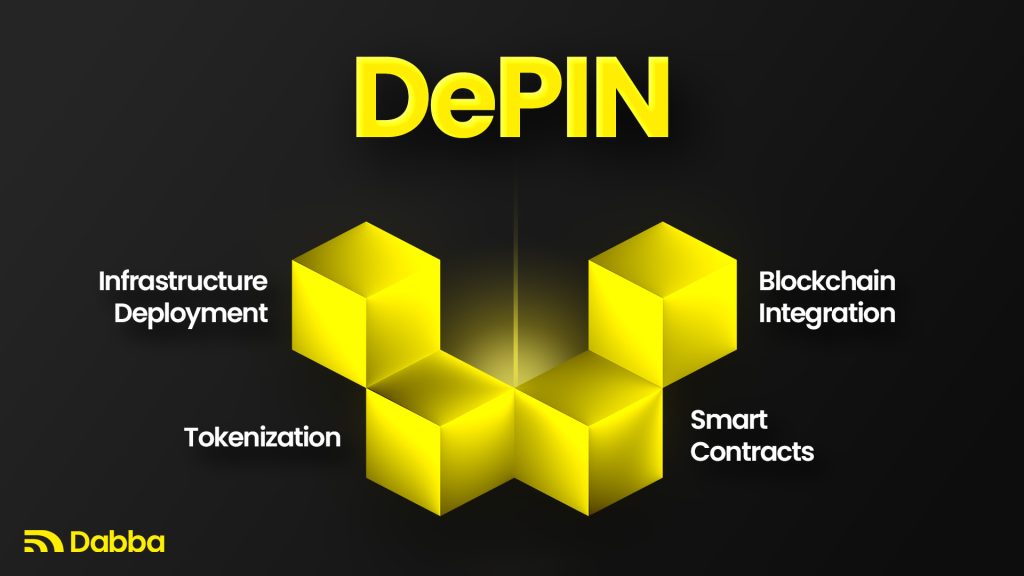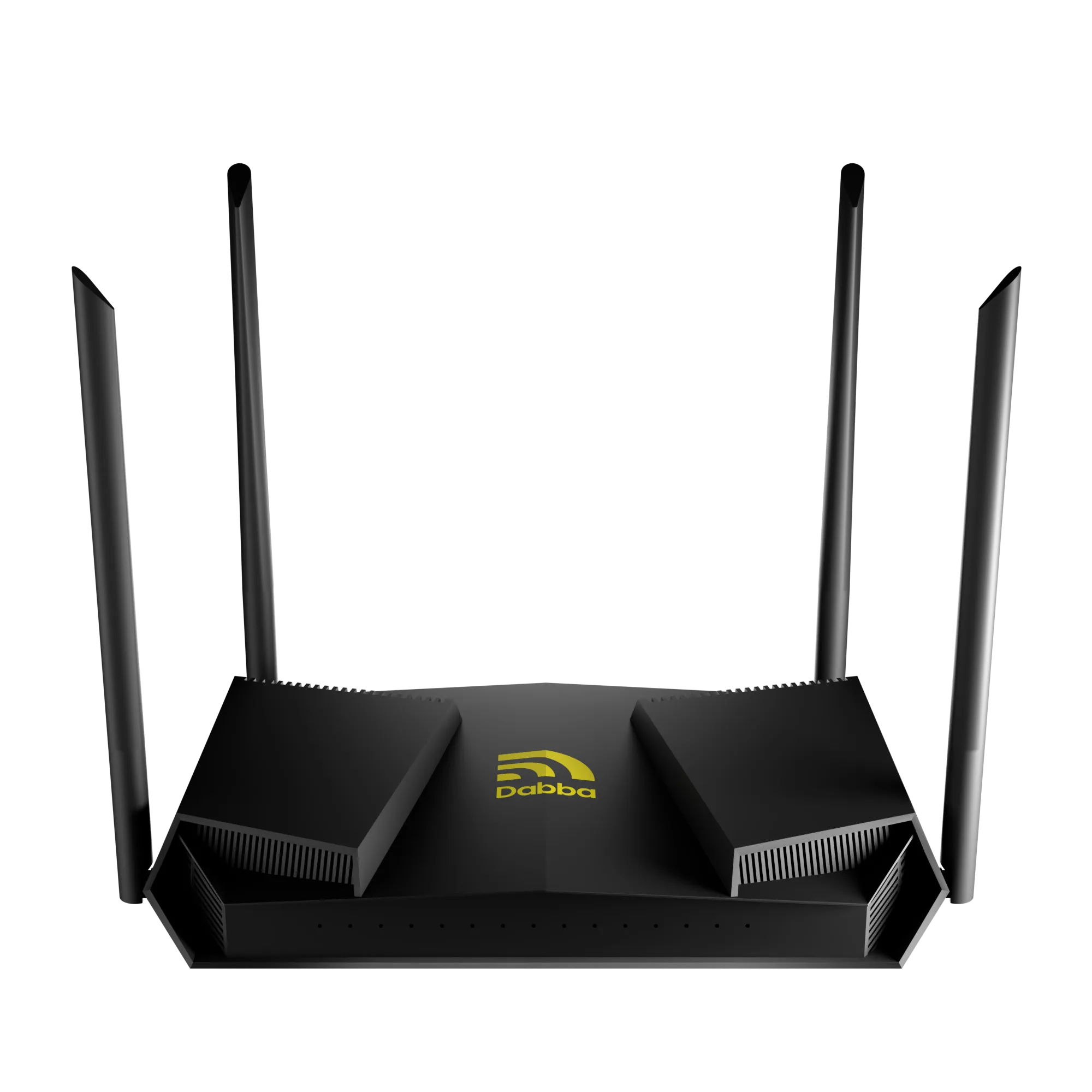If you’ve been keeping tabs on the crypto space recently, you’ve probably heard the buzzword DePIN making waves. Venture capitalists (VCs) and institutional investors seem to be betting big on these projects. But what exactly is a DePIN in crypto? Is it just another type of cryptocurrency? And why are DePINs the talk of 2025?
If you’re a beginner or a curious crypto enthusiast, these questions are probably at the top of your mind. So, without further ado, let’s get straight into what is DePIN in crypto and by the end of this guide, you’ll have a solid understanding of what they are, how they work, why they matter, and how they’re reshaping the decentralized ecosystem.
First Things First: Blockchain vs. Crypto
Before getting into DePINs, let’s clear up a common misconception: blockchain and crypto are not the same things.
Most beginners put blockchain and crypto in the same basket. While blockchain is the underlying technology that powers cryptocurrencies, crypto is just one of its many applications. Think of blockchain as the foundation, and cryptocurrencies like Bitcoin and Ethereum as just one type of house built on it.
As blockchain evolves, we will see more advanced applications—and DePINs are one of them.
What Are Decentralized Physical Infrastructure Networks (DePINs)?
So, what exactly are DePINs?
The term stands for Decentralized Physical Infrastructure Networks. Simply put, DePINs integrate physical infrastructure (like IoT devices, energy grids, wireless networks, and other tangible assets) into decentralized blockchain-based platforms.
Unlike traditional systems where centralized companies own, control, and monetize infrastructure, DePINs in crypto distribute ownership and control among network participants. They leverage blockchain, smart contracts, and tokenomics to ensure that contributors—whether individuals or businesses—get rewarded for the value their infrastructure generates.
Sounds a bit technical? Don’t worry. Let’s break it down step by step and make it more practical.
How Does DePIN in Crypto Work? Why They Use Blockchain Technology
At its core, a DePIN is all about decentralizing physical infrastructure. To make this possible, DePINs use blockchain technology. Here’s how it all comes together:
1. Deploying Infrastructure
This is the starting point. As a participant, you contribute physical infrastructure—such as devices, sensors, or hardware—to the network. For example:
- You might set up a wireless hotspot for a decentralized communication network.
- Or install a solar panel to contribute to a decentralized energy grid.
- Even deploy IoT sensors for real-time data collection.
What’s the motivation? Participants earn rewards (usually in tokens) for contributing and maintaining these pieces of critical infrastructure.
2. Integrating Blockchain
Once the physical infrastructure is deployed, the network is integrated with a blockchain platform. Why is this important?
- Decentralized Ownership: Instead of a single company owning the entire network, many participants own individual pieces of it.
- Transparency: All interactions and transactions are recorded on a blockchain ledger, ensuring that everything is transparent and tamper-proof.
You might ask, “Isn’t this possible without blockchain?” Technically, yes. But doing so would:
- Involve higher costs.
- Lack of transparency.
- Require a central authority to monitor and execute transactions.
Blockchain eliminates these inefficiencies, making the system more cost-effective and truly decentralized.

3. Tokenization
Next comes tokenization. Tokens play a vital role in DePIN networks:
- Contributors earn tokens as rewards for participating in the network.
- These tokens can represent ownership, usage rights, or governance power.
- The tokens can also be traded in the free market.
Using blockchain, DePINs ensure that rewards are distributed fairly and transparently among all stakeholders.
4. Smart Contracts
To manage tokenization and blockchain integration, DePINs rely on smart contracts. These are automated and immutable agreements that govern interactions within the network. For example:
- A smart contract could automatically distribute rewards to contributors based on their infrastructure’s usage.
- It eliminates the need for manual oversight, making operations seamless and efficient.
Without smart contracts, every new participant would require a custom agreement, and scaling the network would be a logistical nightmare. Smart contracts make this process effortless, no matter how large the network grows.
DePIN in Crypto Vs Traditional Infrastructure Models
Now that we know how DePINs work, the question is do we need DePINs? What are their advantages and what makes DePINs different or better than traditional models?
Here’s a quick comparison chart to help you understand why DePINs are different.
| Aspect | DePINs | Traditional Models |
|---|---|---|
| Ownership | Decentralized and community-driven ownership | Centralized ownership by large corporations |
| Participation | Open and inclusive for individuals and small businesses | High entry barriers, favoring established entities |
| Cost Efficiency | Reduced costs through blockchain automation and transparency | Higher operational costs due to inefficiencies |
| Collaboration | Global networks enabling seamless collaboration | Limited regional focus with restricted global reach |
| Control | Empowered smaller players with distributed governance | Monopolistic practices with concentrated control |
Examples of DePin Crypto Projects in Action and Their Impact
DePin is not just a theoretical concept anymore. Several projects are already implementing its principles. Here are some real-world examples:
Helium Network
Purpose: Decentralized wireless communication.
How It Works: Participants deploy hotspots to provide wireless coverage. In return, they earn $HNT tokens.
Impact: Helium has created a global, community-owned wireless network without relying on traditional telecom companies.
Filecoin
Purpose: Decentralized storage solutions.
How It Works: Users contribute storage space to the network and earn $FIL tokens when their storage is utilized.
Impact: Filecoin enables a decentralized marketplace for data storage, challenging centralized cloud providers like AWS and Google Cloud.
Energy Web
Purpose: Decentralized energy grid management.
How It Works: Participants contribute energy assets (like solar panels) to the network, which optimizes energy distribution using blockchain.
Impact: Energy Web promotes renewable energy adoption and decentralizes energy management.
Dabba Network
Purpose: Decentralized last-mile internet connectivity.
How It Works: The Dabba Network focuses on providing affordable internet services to underserved areas. Unlike other DePin projects, Dabba has simplified the deployment and management process of hotspots. A Dabba hotspot can be purchased from anywhere and it is deployed for you in India by on ground partners.
Impact: Hotspots owners are global and hotspots are deployed in India, where the internet penetration rate is still under 50%, that’s over 700 million people lacking internet access making India a green field market for internet infrastructure development.
